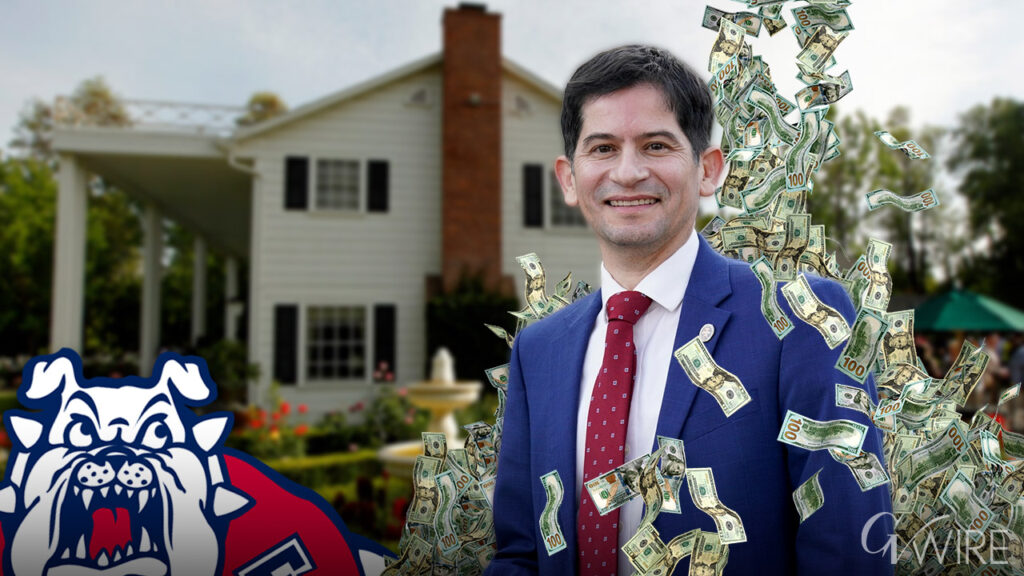Share
There is a substantial list of governance issues that former Gov. Jerry Brown said were important, but that he left on his desk for successor Gavin Newsom.

Opinion
Dan Walters
CALmatters Commentary
Brown never returned to the issue, however, and unfunded pension liabilities remain stubbornly high, forcing state and local governments to cough up ever-greater amounts of money to keep the pension systems afloat.
Early in his second stint as governor, Brown called reforming the California Environmental Quality Act “the Lord’s work,” because it was being misused to block badly needed public and private projects. However, Brown never made a serious effort at reform while granting specific projects, particularly professional sports arenas, CEQA relief.
And then there’s tax reform.
As Brown annually introduced new state budgets, he would warn about the state’s precarious dependence on a very narrow and volatile revenue source – income taxes on California’s most affluent residents.
Tax reform was needed, he would acknowledge to reporters, while adding, in effect, that it was too difficult politically for him to make it happen.
Problem Worsened During Brown’s Second Governorship
In fact, the problem worsened markedly during Brown’s second governorship, thanks to a very progressive income tax system and his persuading voters to raise tax rates on high-income Californians.
When Brown reoccupied the office in 2011, income taxes accounted for about half of the state’s general fund revenues, but by the time he departed eight years later, they supplied 70 percent. The share of revenue from capital gains – the most unpredictable income – doubled during the period to nearly 10 percent. The top 1 percent of taxpayers generate nearly half of state income taxes.
It’s why Newsom, in his 2019-20 budget, projects that a moderate recession would cost the state about $25 billion a year in lost revenue.
Instead of reforming taxes to make the state’s revenue stream more dependable, Brown established a “rainy day fund” and other reserves to cushion the impact of a recession. But at best, they would cover about a quarter of the projected $70-75 billion in revenue losses over three years of recession.
Newsom says he’s “concerned about what’s on the horizon” and reiterates both the perils of revenue volatility and his interest in overhauling the state’s tax system.
Politically Difficult to Lower State’s Dependence on the Rich
It would, as Brown often said, be politically difficult to lower the state’s dependence on the rich and, implicitly, shift a greater share of the revenue stream to those in lower income brackets.
Meanwhile, a coalition of liberal groups has qualified a measure for the 2020 ballot that would remove Proposition 13’s property tax limits from commercial property, generating perhaps $10 billion more in annual revenue. Business groups are vowing to spend $100 million on an opposition campaign.
While Newsom, unlike Brown, says he will try to make tax reform happen, he also may need a net increase in revenues to finance the promises he’s made on health care, early childhood education and other expensive entitlements.
So would a Newsom tax plan really be reform, or just a way to increase Californians’ tax bite which, in overall terms, is already one of the nation’s highest?
CALmatters is a public interest journalism venture committed to explaining how California’s state Capitol works and why it matters. For more stories by Dan Walters, go to calmatters.org/commentary.
Categories



















